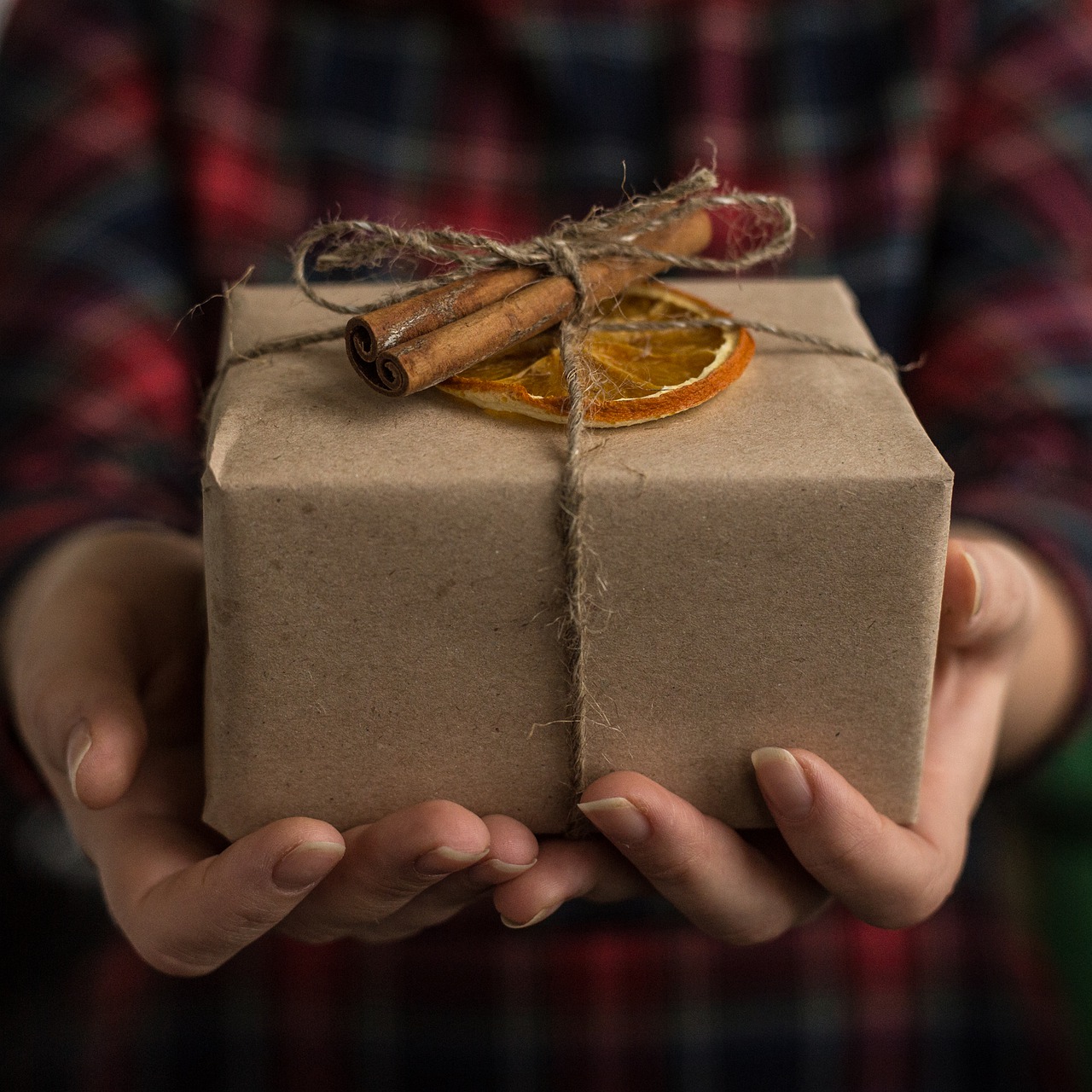Going Green: Sustainable Gift Ideas

By: FUN Monster
Throughout the year, there are numerous occasions for which people give or receive gifts. In addition to major holidays, these occasions typically include important events and special days such as birthdays, anniversaries, graduations, and promotions. Unfortunately, gifts and the paper that they're wrapped in can have a negative impact on the environment. But people who live a sustainable and green lifestyle have options when it comes the gifts that they buy and the way that they present them. Many of these gift options are creative and unique, and most who receive them will appreciate the consideration that's been put into them.
Sustainable Gift-Giving
Gift-giving doesn't have to be hard on the environment. For example, homemade gifts have a personal feel and can be made using materials that won't end up in the trash or that are biodegradable. Examples of homemade gifts include edible items such as baked goods or fruit arrangements. Another option is to shop secondhand stores. Almost any gently used item can be reused or repurposed into a gift that's new to its recipient. A teapot might serve as a unique plant holder, for instance, which can be given along with a package of flower seeds or the transplanted cuttings from a healthy plant. Other second-hand items that make good gifts include jewelry, music, books, and artwork.
People who are artistic or have a skill such as sewing can use their talents to create gifts such as new clothing, wooden or cloth toys, or jewelry. Other gifts that won't directly impact the environment include donating money to charity in someone's name or offering one's services, such as cooking, pet-walking, or babysitting a person's children. If buying a commercial product, choose items that use recycled content, are organic, use less packaging, and come from companies that make an effort to reduce their environmental impact. Buy locally when possible to minimize the amount of transportation and reduce carbon emissions. Consider purchasing items that help people conserve water or energy, such as solar-powered speakers or a solar charger.
Green Gift-Wrapping
While boxes and paper are the traditional choices when it comes to wrapping gifts, there are other, more eco-friendly options that are just as or even more attractive. Reusing paper, tissue, and boxes is an option for people who prefer giving traditionally wrapped gifts. When buying wrapping paper, look for recycled paper that uses soy-based inks. Others may choose to reuse newspapers and comics, old maps, calendars, or brown packing paper. Brown grocery bags may also be carefully cut open and used as wrapping paper. People should also avoid using tape on gift paper: It isn't recyclable, and it will damage the paper, preventing it from being reused in the future. Instead, use biodegradable cotton ribbons, twine, or string and paper tags for names. Natural elements, including sprigs of herbs such as lavender and pine needles or cones, are attractive and green options for added decorations.
Fabric may be used as an interesting wrapper in place of paper. Any type of fabric from scarves, pillow cases, or old clothing can be used for this purpose. Make or buy reusable gift bags made from materials such as burlap, cotton, or flannel. These bags typically are made with drawstring closures and are a good choice for irregularly shaped gifts. People may also place gifts into clay flower pots that can later be used for planting flowers. And Mason jars have a wide range of uses, such as holding cookie mixes, homemade bath salts, and other loose or small items.
Environmental Effects of Not Practicing Green Gift-Giving
Many of the problems associated with gift-giving have to do with waste and the consumption of energy and materials used to make these gifts. During the holiday season, when people give gifts the most, the amount of garbage reaches approximately 25 tons. If every family in America uses wrapping paper on three gifts during the holidays, that amount of paper would cover 45,000 football fields. Gift paper, greeting cards, and cardboard boxes not only end up in landfills if not properly disposed of, but they also contribute to deforestation. Additionally, in its production, wrapping paper uses coal, emits CO2, and has additional environmental costs associated with packaging and transportation.
- Five Eco-Friendly Gift Ideas for the Holidays
- Ten Last-Minute Green Gifts: A Guide
- Eco-Friendly Ideas for Holiday Gifts
- Guide to Sustainable Gift-Giving
- Tips for Sustainable Giving
- Ten Alternative Gift Ideas
- Sustainable Holiday Gift Ideas
- 16 Upcycled Gifts to Make and Give This Weekend
- Nine Ways to Green Your Gift-Wrapping
- 12 Easy Green Alternatives to Wasteful Gift Wrap
- Three Easy Ways to Wrap a More Eco-Friendly Gift This Christmas
- Wrap it Green: 15 Alternative Gift-Wrapping Ideas
- Eight Simple Ways to Reduce Your Gift Wrap Waste
- Nine Tips for Greener Gift-Wrapping
- Wrapping Gifts the Recycled Way
- Frequently Asked Questions: Holiday Waste Prevention
